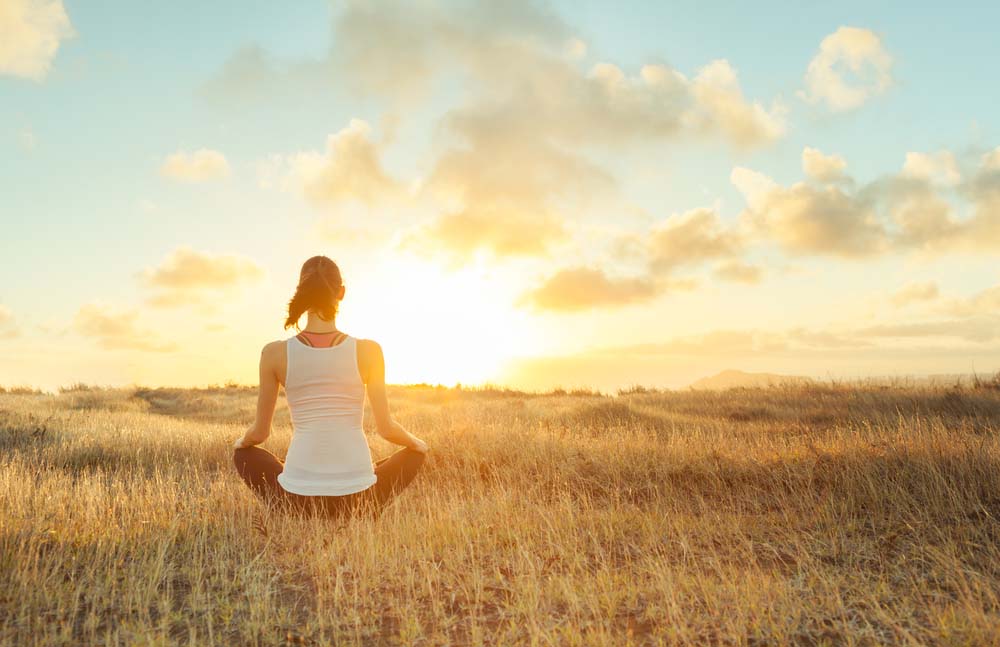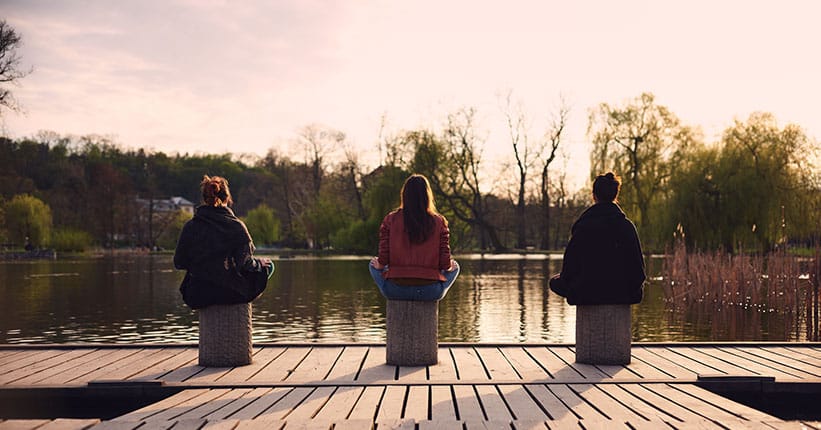Transform Your Attitude with Straightforward Steps on How to Meditate?
Transform Your Attitude with Straightforward Steps on How to Meditate?
Blog Article
How to Meditate: A Detailed Technique to Achieving Mindfulness and Tranquility
Reflection offers as an effective device for attaining mindfulness and psychological calmness in a hectic globe. By understanding the essential concepts and methods entailed in reflection, individuals can cultivate a method that improves their total health.
Understanding Meditation
Comprehending meditation entails grasping its fundamental concepts and techniques, which function as the structure for the practice. At its core, reflection is a mental workout targeted at advertising relaxation, constructing inner energy, and developing concern and understanding. The practice motivates people to focus their interest, typically via strategies such as deep breathing, visualization, or rule repeating.
Meditation can be classified right into different styles, consisting of mindfulness, transcendental, and loving-kindness meditation, each with distinct objectives and methods. Mindfulness reflection stresses present-moment understanding and non-judgmental monitoring of feelings and ideas, while transcendental reflection includes the usage of specific mantras to transcend normal mind. Loving-kindness reflection focuses on developing a mindset of love and concern in the direction of oneself and others.
No matter of the strategy employed, the primary objective remains regular: to cultivate a deeper understanding of the mind and its patterns. This self-awareness cultivates emotional durability, quality of thought, and a profound feeling of tranquility (How to meditate?). By understanding these methods and concepts, people lay the foundation for an effective meditation method that can considerably boost their general health
Planning For Your Method
Before starting your meditation practice, it is crucial to create an environment for focus and relaxation. Select a peaceful space where you are unlikely to be disturbed. This can be a corner of a space, a garden, or any place that stimulates a sense of peace. Ensure that the area is free and clean of clutter, as a clean setting can aid remove the mind.
Consider the lights, as all-natural light can enhance your state of mind and energy. Soft, warm illumination is typically more calming than severe fluorescent lights. Furthermore, choose a comfortable temperature, ensuring that you are neither as well hot nor as well cold.
Incorporating aspects that promote serenity can further improve your experience. This might include soft cushions or coverings for convenience, in addition to soothing aromas from necessary oils or scent. It can additionally be useful to have a timer established for your meditation session to stop interruptions from clock-watching.
Basic Meditation Techniques

An additional efficient strategy is body check meditation. This involves psychologically scanning your body from head to toe, noticing any type of areas of tension or pain and purposely kicking back those muscles. This technique cultivates a deeper connection between your body and mind.

Last but not least, loving-kindness meditation concentrates on cultivating compassion in the direction of yourself and others. Quietly repeat expressions of goodwill, boosting emotional health and interconnectedness. Each of these strategies acts as a foundation for your meditation journey, permitting you to find the method that reverberates best with your personal technique.
Keeping Focus and Mindfulness

Developing a specialized meditation area can boost the ability to keep Read Full Article mindfulness. A silent, minimalist setting reduces disturbances, permitting deeper immersion in the method. Furthermore, establishing a time frame can assist manage expectations; beginning with much shorter sessions may reduce the change into longer techniques.
Making use Read Full Article of strategies such as body scanning or observing sensations can likewise bolster mindfulness. These methods encourage professionals to remain existing and engaged with their physicality, anchoring their attention in the moment. Routine practice is important; the brain constructs resilience over time, creating a more powerful capability for focus.
Incorporating Meditation Into Life
Integrating meditation into day-to-day live can change routine activities right into opportunities for mindfulness and self-reflection. By incorporating mindfulness techniques into common tasks, people can cultivate a higher feeling of presence and peace among the numerous hours of everyday life.
Begin by determining minutes throughout your day where you can stop and exercise mindfulness. Also mundane activities like walking or cleaning recipes can become possibilities for meditation by guiding your interest to the feelings of motion and the noises bordering you.
Furthermore, setting aside dedicated times for reflection can explanation enhance its practice. Beginning with brief sessions, slowly boosting duration as you become a lot more comfortable. Use reminders or signs-- like a specific time of day or a calming sound-- to develop consistency.
Inevitably, the objective is to weave mindfulness into the fabric of day-to-day live, allowing you to come close to each moment with objective, consequently boosting your general feeling of health and clearness.
Conclusion
In conclusion, effective reflection calls for a silent setting, a comfy placement, and a focus on the breath. Routine meditation, even in brief sessions, cultivates a much deeper link to the present moment, eventually leading to higher calm and mental clarity in everyday life.
Meditation can be categorized right into various styles, consisting of mindfulness, transcendental, and loving-kindness reflection, each with unique objectives and approaches. Mindfulness reflection highlights present-moment awareness and non-judgmental monitoring of ideas and sensations, while copyright involves the use of particular concepts to go beyond normal idea procedures.With your meditation space prepared, it's time to discover various basic reflection strategies that can aid grow mindfulness and internal tranquility.Consistently preserving emphasis and mindfulness throughout meditation can be difficult, especially for those new to the technique.Establishing a dedicated reflection space can improve the ability to maintain mindfulness.
Report this page